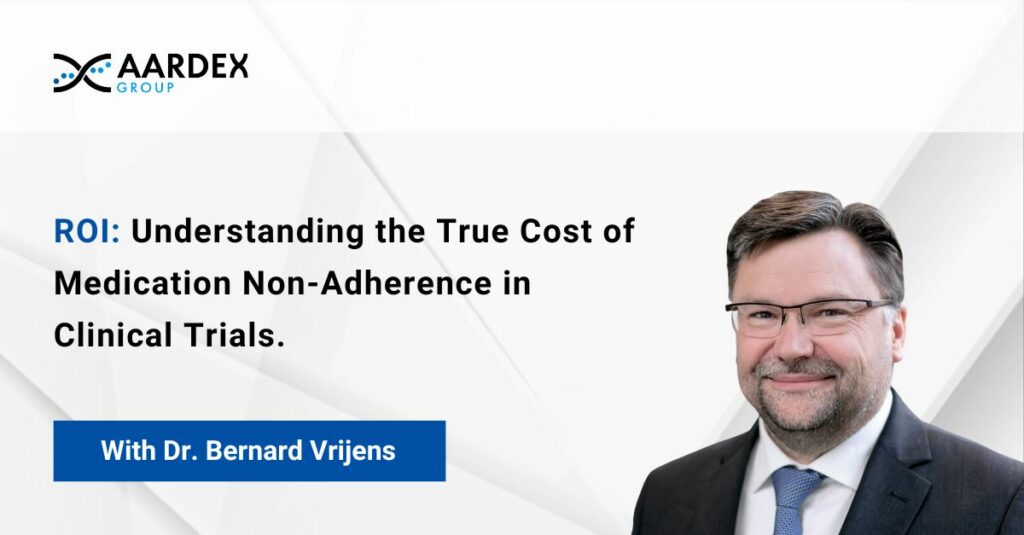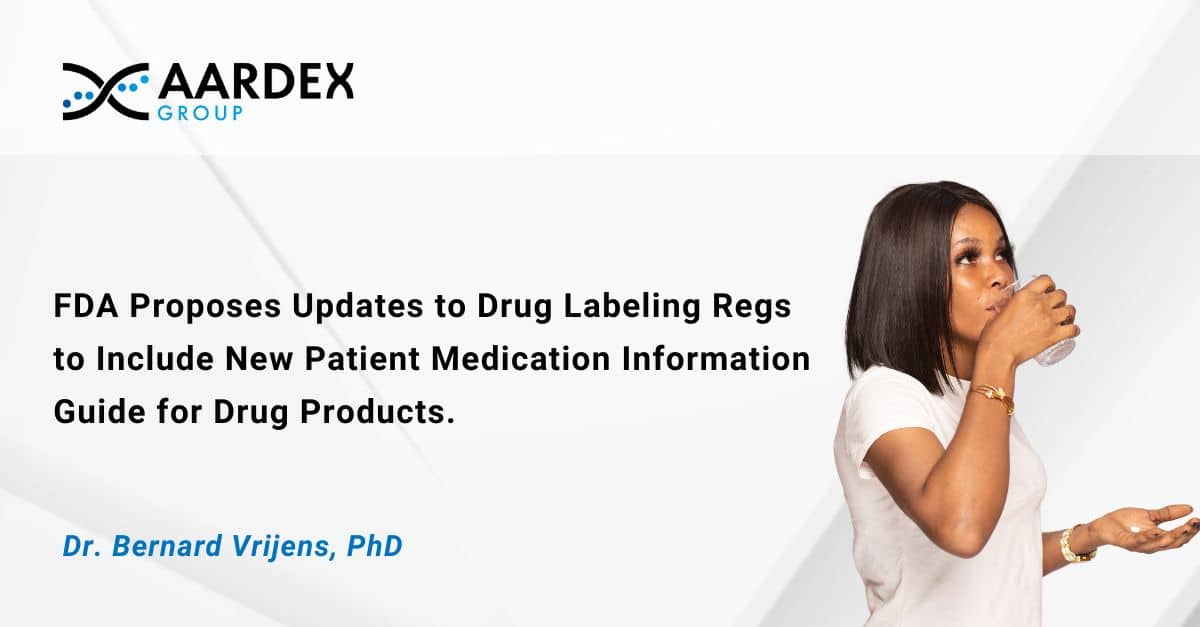In this article, our Scientific Lead, Bernard Vrijens, discusses the influence of medication non-adherence on ROI in clinical trials. Get ready for an insightful read!
Fraught with risk yet pivotal to the future success of a drug candidate, clinical trials are undeniably a high-stakes endeavor.
All being well, the process will be completed as quickly as possible, the time-to-market opportunity maximized, and the investment can be kept to a minimum. Suppose there are friction points along the pathway. In that case, however, there is potential for extended timeframes and additional expense, with estimates ranging from $600,000 to $8 million per day of delay [1] depending on the market opportunity of the drug candidate and, of course, as the end date of premium pricing is fixed, time is of essence to maximize the opportunity before generic alternatives become available.
Medication non-adherence among trial participants is a major source of such delays. At the root of this problem is the notoriously flawed process of pill counting or self-reporting, which benefits from being “cheap” and simple to implement but suffers from the presence of bias and imprecision. [2] Not only does this create a problem in itself, but it can also trigger a cascade of other related problems.
The Impact of Medication Non-Adherence in Clinical Trials
Studies have shown that adherence patterns impact a clinical trial’s sample size and statistical power, with medication non-adherence correlated to lower-quality outcomes.[3] More specifically, the analysis shines a spotlight on the link between particular aspects of medication non-adherence and their influence on time-to-market delays.
Countering Medication Non-Adherence to Bolster ROI
There are three main points to consider here in terms of ROI for medication adherence packaging and medication adherence software.
The first relates to the quality of data being captured. Those with an understanding of IT will be familiar with the concept of GIGO – garbage in, garbage out – which summarizes the logic-driven concept of output being directly correlated with input. The same rules can be applied to clinical trials, where the generation of low-integrity data demands a higher level of querying activity to analyze the validity of the data and potentially remove ‘implausible’ data points from the model, leading to a loss of crucial information. In the interests of transparency, such actions must also be documented to ensure they are justified in the eyes of regulators, all of which require further investment in time and money.
The implementation of electronic monitoring is estimated to improve by 10-fold the precision and reliability of dosing history data leading to an ROI factor of 1.5 simply by downscaling the demand for data queries and reducing by 50% the unexplained variability in PK/PD modeling.[4] – The potential savings would be even greater if they took into account the expenses related to sourcing skilled data experts who waste time dealing with inaccurate and biased data while conducting the required statistical analysis.
The second consequence of poor adherence is a reduction in study power resulting from decreased effect size and increased variability in outcomes. This will typically trigger the need to increase the study sample size to maintain an acceptable study power, which can be a potentially difficult and costly task. Minimizing non-adherence through electronic monitoring presents the potential for a higher proportion of valid results to be generated by the initial trial cohort, which translates to an ROI factor estimated between 3 and 5.
Finally, there is the risk that non-adherence can result in a study failing and the program ending prematurely. The damage in this scenario is clearly significant since a huge amount of investment, physical, emotional, and financial, will have already been sunk into the development program. Using electronic monitoring to enhance adherence and avoid this ‘back to the drawing board’ scenario can potentially result in an ROI factor of 100. Furthermore, if problems with non-adherence are such that a study needs to be repeated, then the safeguard of electronic monitoring can theoretically result in an ROI factor between 150 and 200.
These eye-opening costs, in combination with the tacit acknowledgment that pill-counting and self-reporting can represent major flaws, raise valuable questions over the industry’s ongoing approach to medication non-adherence in clinical trials. While some minor deviations from the 100% adherence target are accepted – and even encouraged to mimic real life – the reality can be much lower. With such high stakes at play, it’s important to understand this risk and to appreciate the potential returns that can be realized from an investment in doing things with greater efficiency and accuracy.




